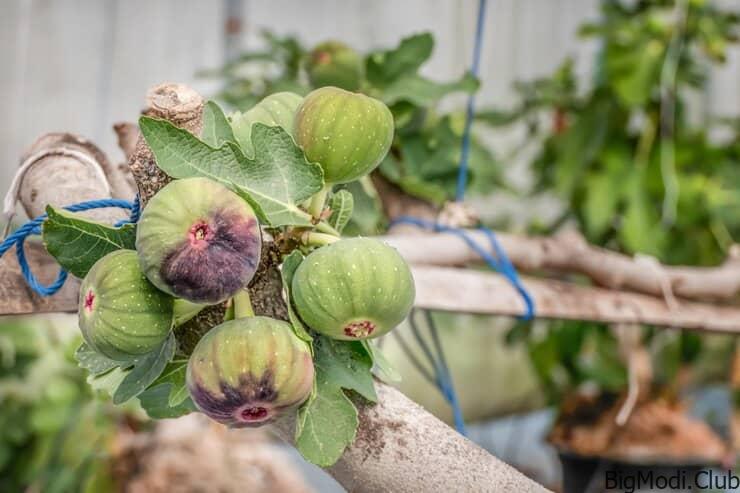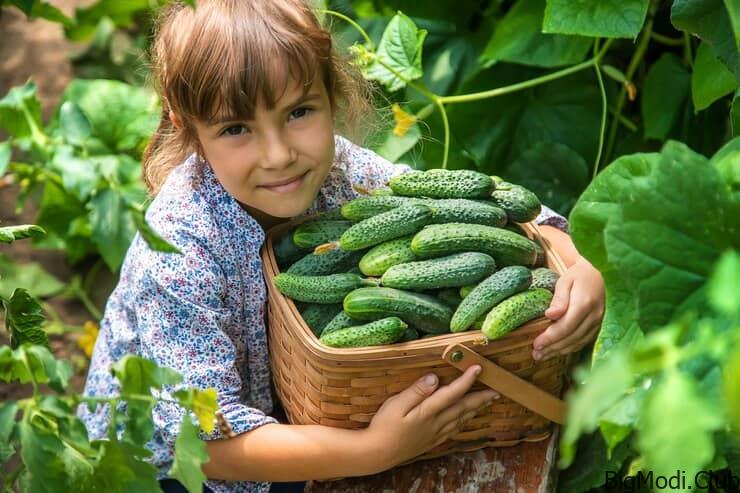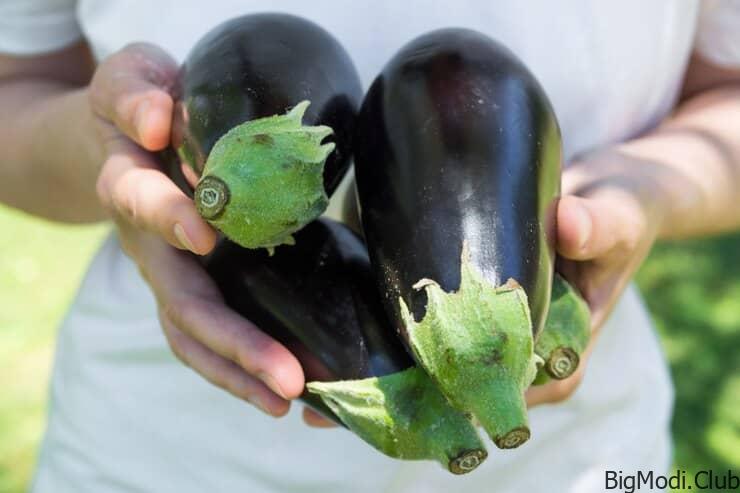Watermelons are a delicious and refreshing summer fruit that many gardeners aspire to grow. With the right method, you can produce juicy, succulent watermelons that will be the envy of your neighborhood. In this article, we reveal a groundbreaking watermelon growing method that promises to deliver exceptional results. This guide is comprehensive, covering everything from soil preparation to harvesting. By following these steps, you’ll wonder why you didn’t know this method sooner.
The Foundation: Preparing Your Soil
Soil preparation is crucial for growing healthy watermelons. These fruits thrive in well-drained, sandy loam soils with a pH between 6.0 and 7.0. Here’s how to get your soil ready:
- Test Your Soil: Conduct a soil test to determine its pH and nutrient levels. You can purchase a soil testing kit or send a sample to a local agricultural extension service.
- Amend the Soil: Based on the test results, add necessary amendments. If your soil is too acidic, incorporate lime. If it’s too alkaline, add sulfur.
- Add Organic Matter: Mix in compost or well-rotted manure to improve soil texture and fertility. Aim for about 2-4 inches of organic matter.
- Ensure Good Drainage: Watermelons do not like waterlogged soils. If your garden area tends to retain water, consider creating raised beds.
Choosing the Right Watermelon Varieties
Selecting the right watermelon variety is essential for success. Here are some popular varieties known for their flavor and resilience:
- Sugar Baby: A small, round watermelon perfect for small gardens.
- Crimson Sweet: Known for its sweet taste and disease resistance.
- Charleston Gray: An elongated variety that performs well in various climates.
- Jubilee: A large, oblong watermelon ideal for large garden spaces.
Choose a variety that suits your climate and garden size to maximize your chances of a bountiful harvest.
Planting Techniques for Optimal Growth
To ensure optimal growth, follow these planting techniques:
- Start Seeds Indoors: Begin by starting seeds indoors about 4-6 weeks before the last expected frost date. This gives your plants a head start.
- Transplanting: Transplant seedlings outdoors when they have at least two sets of true leaves and the soil temperature is consistently above 70°F.
- Spacing: Watermelons require plenty of space. Plant them in rows spaced 6-8 feet apart, with 3-5 feet between plants within each row.
- Mulching: Apply a thick layer of mulch around your plants to retain moisture, suppress weeds, and regulate soil temperature.
Watering and Feeding Your Watermelons
Proper watering and feeding are vital for growing succulent watermelons:
- Watering: Water deeply and consistently. Watermelons need about 1-2 inches of water per week. Reduce watering as the fruit ripens to concentrate sugars.
- Feeding: Use a balanced fertilizer (such as 10-10-10) when planting, and switch to a phosphorus-heavy fertilizer (like 5-10-10) once flowers appear. Avoid high nitrogen fertilizers as they promote leaf growth over fruit development.
Managing Pests and Diseases
Watermelons can be susceptible to pests and diseases. Here’s how to manage them:
- Pests: Watch out for aphids, cucumber beetles, and squash bugs. Use insecticidal soap or neem oil for control. Introduce beneficial insects like ladybugs to reduce pest populations naturally.
- Diseases: Common diseases include powdery mildew and fusarium wilt. Ensure good air circulation by spacing plants adequately and rotating crops annually. Use disease-resistant varieties whenever possible.
Training and Pruning Your Plants
Training and pruning watermelon vines can improve fruit quality:
- Training Vines: Guide vines to grow in a specific direction using stakes or trellises. This makes managing the plants easier and keeps fruit off the ground.
- Pruning: Remove secondary vines to focus the plant’s energy on the main vine. Trim back excess foliage to improve air circulation and sunlight penetration.
Harvesting Your Watermelons
Knowing when and how to harvest is key to enjoying succulent, sweet watermelons:
- Maturity Signs: Watermelons are ready to harvest when the tendrils near the fruit turn brown and dry. The underside of the melon should turn from white to a creamy yellow.
- Harvesting Technique: Use a sharp knife or pruning shears to cut the melon from the vine, leaving a small portion of the stem attached.
Storing and Enjoying Your Watermelons
Proper storage ensures you can enjoy your watermelons long after harvest:
- Short-term Storage: Keep uncut watermelons at room temperature for up to 2 weeks.
- Long-term Storage: Store in a cool, dark place (50-60°F) for up to 3 weeks. Once cut, refrigerate and consume within a few days.
By following these detailed steps, you can grow delicious watermelons that are the highlight of your summer. Embrace this method, and you’ll never look back.



